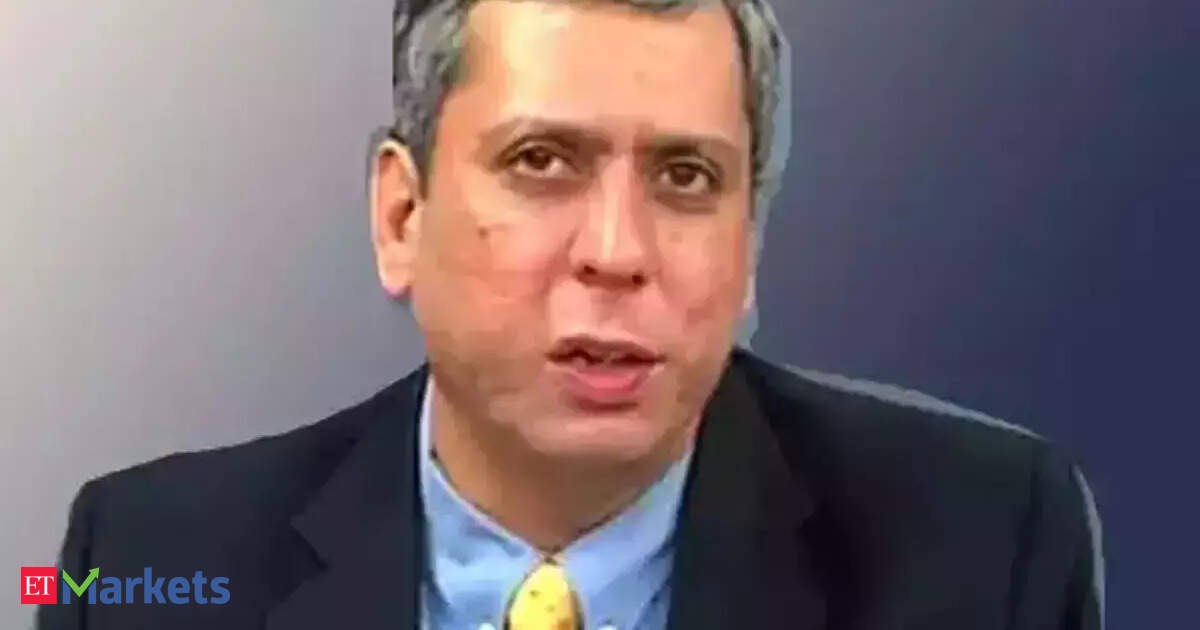Let me begin by asking—how are you interpreting what Donald Trump has said once again, and more importantly, what are the key triggers you’ll be watching overnight that could potentially set the tone for D-Street at the open?
Ajay Bagga: In an interview today with a US business channel, Trump said he would be substantially increasing tariffs on India within the next 24 hours. So, we’re expecting an announcement by the end of the day in the US—possibly an executive order. There’s been talk of 100% secondary tariffs. I don’t think 100% makes sense because anything above 50% effectively shuts down the market. Exporters can’t bear such margins, and it would lead to substitution from other geographies with lower tariffs.
So, we’ll have to wait and watch—that’s an important trigger. The second would be the RBI’s MPC meeting tomorrow. It’s a close call on whether they’ll cut rates or hold for now and wait until October. I would favour measures like reducing risk weights to stimulate credit revival in the economy—that’s much needed. Liquidity has been infused well. Out of the 100 basis point rate cuts, around 60–65 bps have been transmitted. There’s still monetary space available, especially with low inflation and deflationary trends in wholesale prices. So, it’s a good time to cut now since the transmission into the real economy takes 9–12 months.
These two will be the key market movers—what Trump announces by early morning India time, and what the RBI decides in the MPC meeting tomorrow.
But considering the constant stream of announcements from Trump and the looming deadline, would you say there’s a higher probability of volatility spikes in the next trading session? How should we interpret that risk?
Ajay Bagga: Surprisingly, volatility has remained quite low—not just in India but globally. India VIX is around 11–12. So despite FIIs being heavily short—around 90–91%—and markets being oversold, which saw some recovery yesterday, put-call ratios still indicate pressure. Yet volatility is subdued.
This tells you that sentiment is already negative. Bad news is largely priced in. So we’re not in a market expecting surprises—good or bad—that could drive volatility significantly. That said, market fragility has increased. The Trump tariff announcement tomorrow morning could cause a 0.5% to 1% move. But dip buyers will likely step in.The good news is that domestic investors remain resilient. They’re putting in money—not just into secondary markets but also into primary issues and QIP offers by promoters. So, while not all money is flowing into the secondary market, a fair chunk is—and that provides stability. Therefore, we’re not expecting a crash. A temporary dip of 0.5% to 1% is possible, but nothing more drastic.
FIIs seem to be continuing their India allocations, likely due to relative macro stability. Would you say this is a temporary positioning ahead of more clarity?
Ajay Bagga: Yes, and earnings need to catch up too. Since national elections were announced last year, we saw about a six-month slowdown in earnings momentum. We haven’t fully recovered from that yet. We’re expecting improvements in the upcoming quarters, especially after the festive season when urban consumption might pick up.
If Trump’s tariffs do go through, focus will shift more toward domestic sectors. Domestic cyclicals could benefit from the monetary stimulus that’s already been introduced. What could really excite markets is if the government steps up with some additional measures. They’re already doing well on infrastructure spending—public capex is solid. The 8th Finance Commission and increased pensions and DA will help at the margin.
But what’s really needed is a GST cut. We can’t keep celebrating ₹1.9 lakh crore in GST collections every month—it’s the same consumer class bearing the burden. We need fuel price cuts, lower GST, and overall stimulus. I don’t think it will happen, but it’s certainly on the market’s wishlist.
For investors, a reduction in taxation burden—like tweaks to long-term capital gains tax—could really unleash animal spirits. The probability is low, but if we see GST or LTCG cuts, it would attract more long-term investors. Three crore accounts have been opened—they’re ready. If we can bring them in with structural reforms, they will benefit, and a virtuous cycle—similar to the mutual fund SIP story—will gather further momentum.








